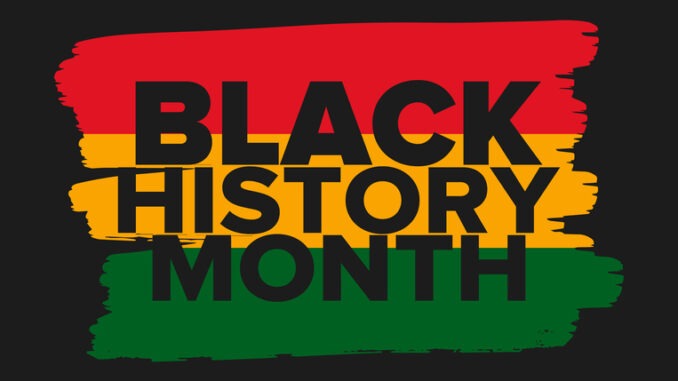
Phillip Milnes-Smith explores the history of medical practitioners of black heritage after black history month
CREDIT: This is an edited version of an article that originally appeared on Royal College of General Practitioners
In uncovering the history of medical practitioners of black heritage, an important factor to be considered is the tension between the reality that race is a social construct and the characterisations of the era of ‘scientific racism’ which imagined the superiority of white appearance. At such a time not everyone of ‘mixed heritage’ would want to draw attention to their descent from enslaved Africans; indeed, many of those whose appearance meant that they could ‘pass’ for white would have been keen to do so because of the benefits they would enjoy as a result.
Mary Seacole (1805-1881) in her memoir Wonderful Adventures of Mrs Seacole in Many Lands is insistent on having ‘good Scotch blood’ and being ‘only a little brown’. Her sympathies, as a colonial era subject are, to a certain extent, with the colonisers (the British servicemen she cared for in the Caribbean and the Crimea). If she is too polite, or canny, to point out that her enslaved ancestors owed their position to Britons, we need have no scruples; some of those awarded compensation for their holdings of enslaved people (under the 1837 Act) were themselves medical men – plantation estates could offer lucrative employment opportunities, and few favoured the abolitionist cause.
James Pownall (1807-1882), son of the owner of the Silver Hill plantation in Jamaica, became a surgeon and apothecary in Calne, Wiltshire, where he remained for the next thirty years. James’ mother was described as a ‘free mulatto’ and ‘quadroon’ (probably meaning that one of her grandparents had been enslaved). His father’s will stipulated that James should not reside in Jamaica, perhaps because in England he could ‘pass’ – certainly, in the subsequent strange history of his mental ill health no mention is made of his ‘mixed’ heritage.
Wilkie Collins’ 1868 novel The Moonstone offers, in Ezra Jennings, the portrait of a medical man of mixed heritage in Victorian Yorkshire. An unsympathetic servant notes of him, ‘The work all falls on [Jennings]. Not much of it now, except among the poor. THEY can’t help themselves, you know. THEY must put up with the man with the piebald hair, and the gipsy complexion–or they would get no doctoring at all.’ In other words, he was not ‘passing’ and those who could afford to choose on the basis of appearances sought medical advice elsewhere.
It is claimed that the inspiration for this character was a real physician who treated Collins on an 1857 walking holiday in the Lake District after he sprained his ankle, and who also inspired the character of Dr Lorn in Collins’ and Dickens’ The Lazy Tale of Two Idle Apprentices. In The Moonstone, Ezra wanted to die, ‘forgotten and unknown’ and, for his real-life counterpart, it may unfortunately be true that, ‘There is no hope now of making any discoveries concerning him. His story is a blank.’ That does not mean there were not those who viewed him as ‘our best and dearest friend’ and even ‘a great man’.


Be the first to comment